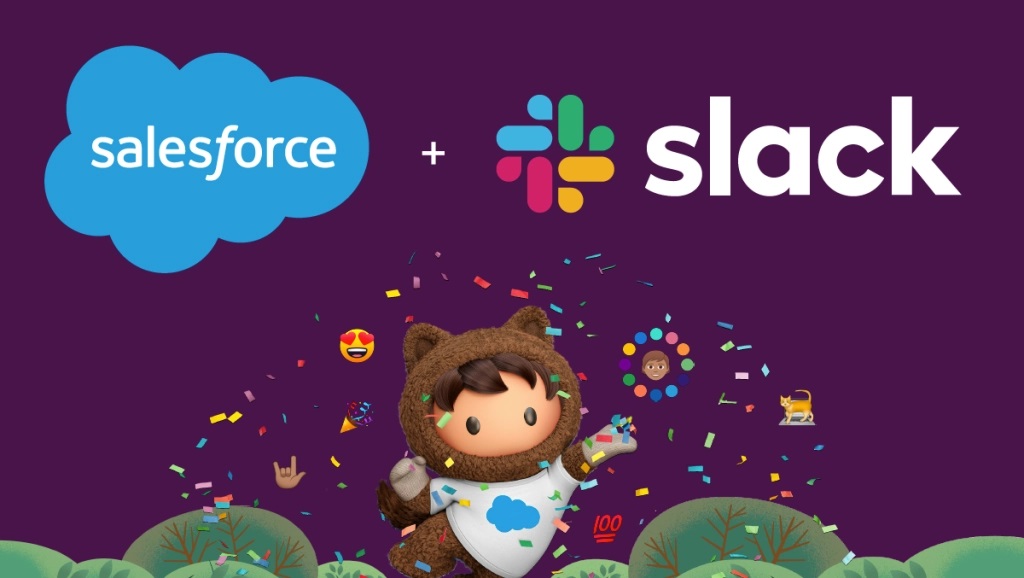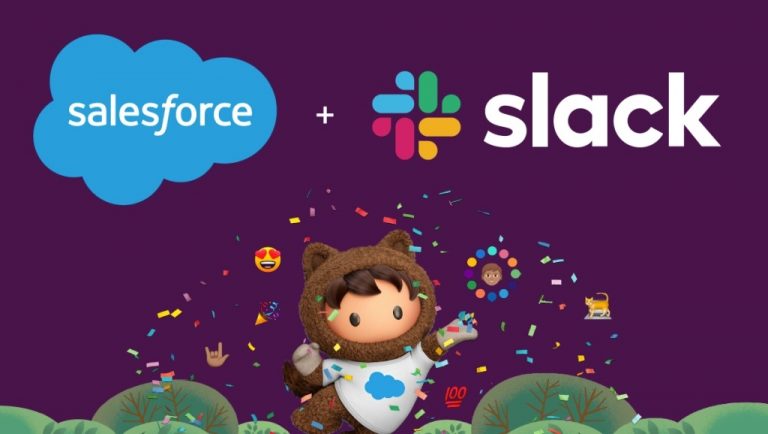Slack Tests AI-Powered Upgrade to Slackbot, Turning It Into a Personalized Digital Assistant


Slack is testing a major update that transforms its well-known Slackbot from a basic reminder tool into a full-fledged AI-powered assistant, capable of performing complex, personalized tasks across workplace communications.
The revamped Slackbot, announced by Rob Seaman, Slack’s Chief Product Officer at Salesforce, marks one of the company’s most ambitious AI rollouts to date.
“Slackbot today is fairly rudimentary,” Seaman told The Verge. “But what we’ve done is we’ve actually rebuilt it from the ground up as a personalized AI companion.”
Register for Tekedia Mini-MBA edition 18 (Sep 15 – Dec 6, 2025): registration continues.
Tekedia AI in Business Masterclass opens registrations.
Join Tekedia Capital Syndicate and co-invest in great global startups.
Register for Tekedia AI Lab: From Technical Design to Deployment.
The update is currently in pilot testing within Salesforce, Slack’s parent company, where more than 70,000 employees are already using it. The company plans to make it widely available to all users by the end of the year.
From Simple Reminders to Smart Workflows
Until now, Slackbot has functioned mainly as a tool for delivering reminders, notifications, and simple automated messages. But with the new AI-driven version, Slackbot is becoming a context-aware digital assistant designed to help teams navigate increasingly complex workspaces.
The updated Slackbot can now:

- Summarize and organize project updates and messages from multiple channels.
- Create tailored work plans, such as product launch schedules or content campaigns.
- Search for information using natural language, making it easier to locate files and messages even without specific keywords.
- Coordinate meetings by integrating directly with Microsoft Outlook and Google Calendar.
In one internal demo, Slack showcased how the AI Slackbot could compile data from various channels to build a product launch plan within Slack’s Canvas feature. It could also help craft a social media campaign using a company’s specific tone and brand language — something that previously required multiple tools or manual input.
Personalized and Privacy-Protected
Slack is positioning the AI Slackbot as a personalized assistant that learns from the user’s workspace context — such as messages, files, and recent activity — but with strict data controls in place.
According to Seaman, all AI features operate through Amazon Web Services’ Virtual Private Cloud (VPC), ensuring that no user data leaves Slack’s firewall and that none of the information is used to train AI models.

“Meaning that no data leaves the firewall, no data is used in the training of the models at all,” Seaman emphasized, addressing one of the major privacy concerns surrounding generative AI in corporate environments.
Slack also clarified that companies can opt out of using the new AI Slackbot if they choose, but individual users within a participating company cannot disable it independently.
How It Works
The upgraded Slackbot will appear as an icon next to the search bar in the Slack interface. Clicking it opens a DM-style panel on the right side of the screen, where users can type natural-language prompts such as:
- “What are my priorities for today?”
- “Find the latest updates on the product launch.”
- “Show me the document that Jay shared in our last meeting.”
The assistant will then draw on the user’s Slack workspace — including conversations, files, and shared resources — to produce contextual results, eliminating the need for time-consuming manual searches.
This update builds on Slack’s growing lineup of AI-enabled productivity tools, which already include thread and channel summarization, auto-generated meeting notes, and real-time translation of company jargon.
“We’ll keep putting those little touches there where they make sense, to save users a click,” Seaman said. The new Slackbot, he added, is meant to blend seamlessly into daily workflows, reducing the friction between users and the information they need.
Existing Slackbot features, such as custom commands and automated messages, will remain intact. The goal, Seaman explained, is to expand capabilities without disrupting familiar workflows.
Rising Competition in Workplace AI
Slack’s move comes as AI assistants are rapidly becoming the new battleground among productivity platforms. Microsoft has begun embedding its Copilot AI across Teams and Office 365, while Google has integrated its Gemini assistant into Workspace apps like Gmail and Docs.
Slack is now betting that employees will prefer a conversational approach to handling everyday tasks,
by transforming Slackbot into an AI assistant that sits natively inside the messaging platform, without toggling between multiple applications.
Some believe the change could also reinforce Salesforce’s broader AI ambitions, as the company seeks to integrate Slack more tightly into its Einstein AI ecosystem.
For now, the pilot remains limited, but Slack says user feedback from Salesforce’s internal rollout has been “very positive.” The company believes the AI Slackbot will significantly reduce information overload — one of the most common pain points in large organizations using Slack.
If successful, the upgrade could redefine how workers interact with corporate information systems, transforming Slack from a chat hub into a dynamic productivity engine.





